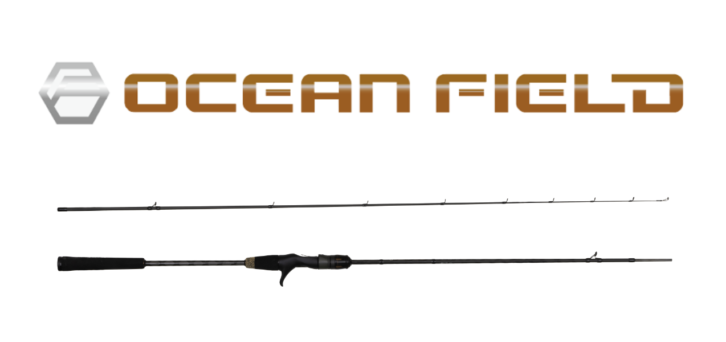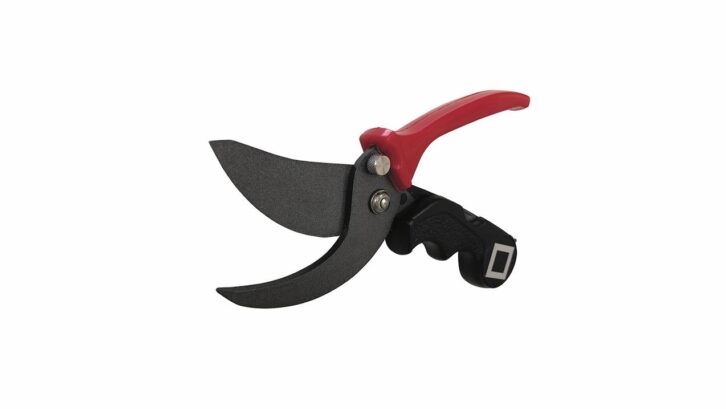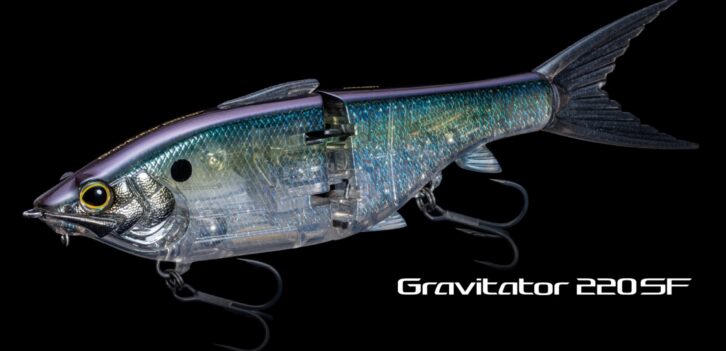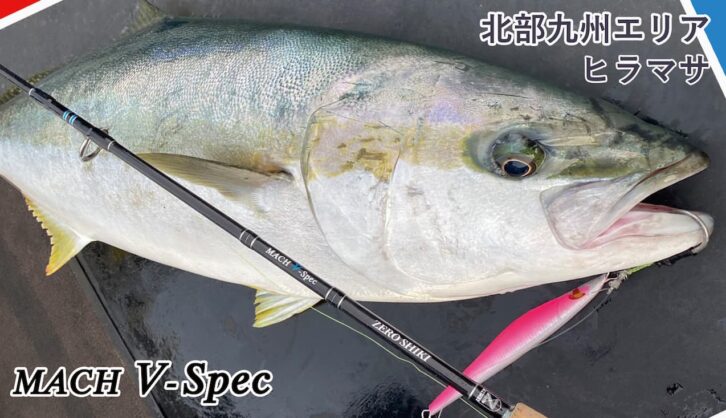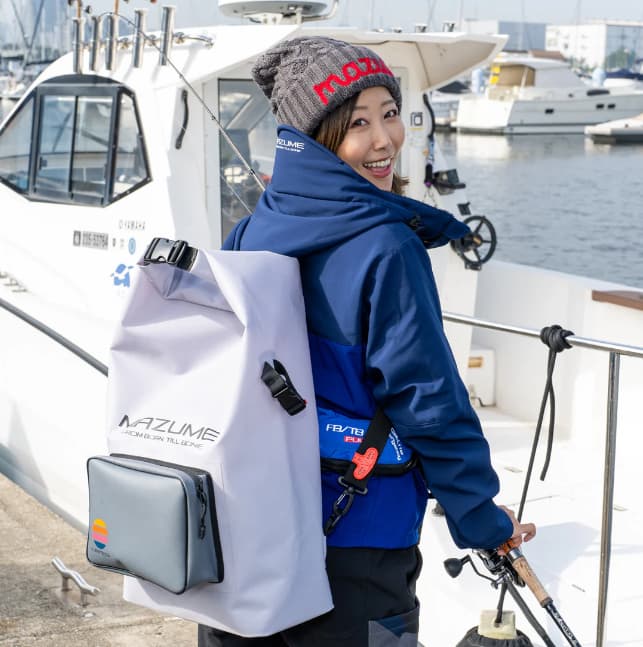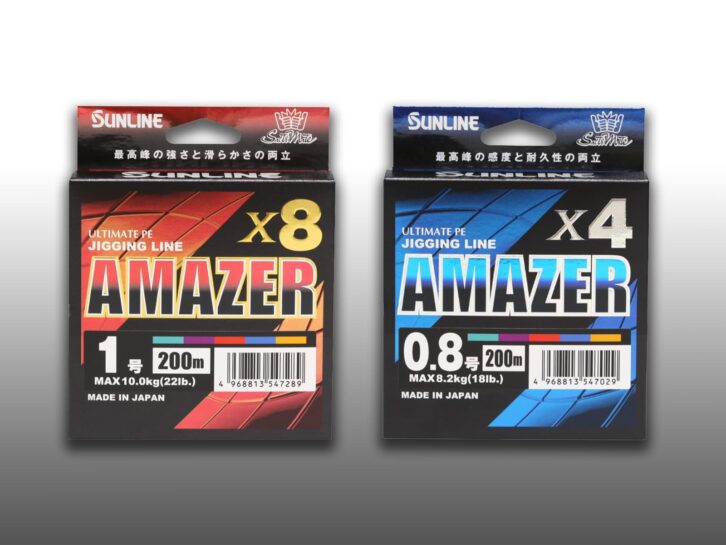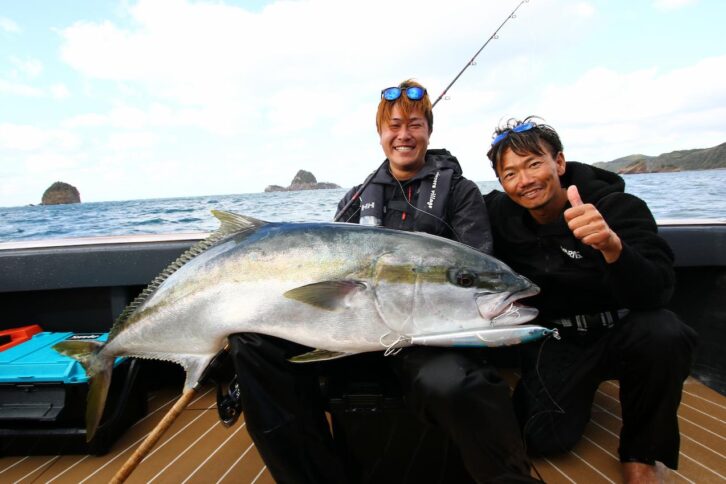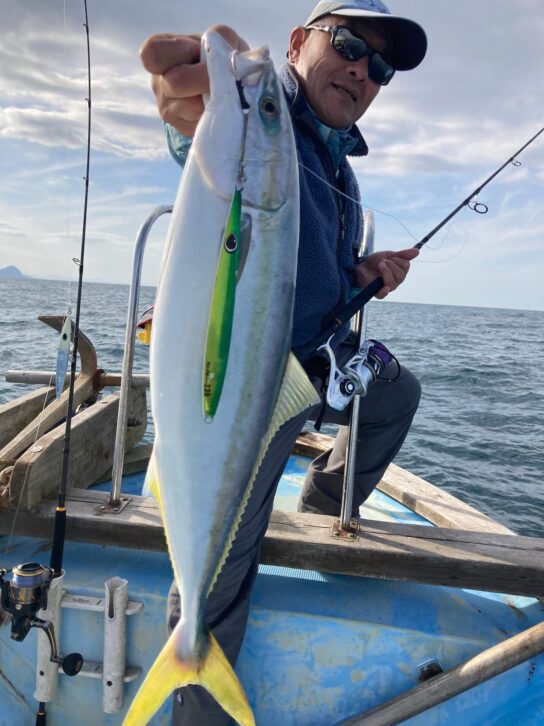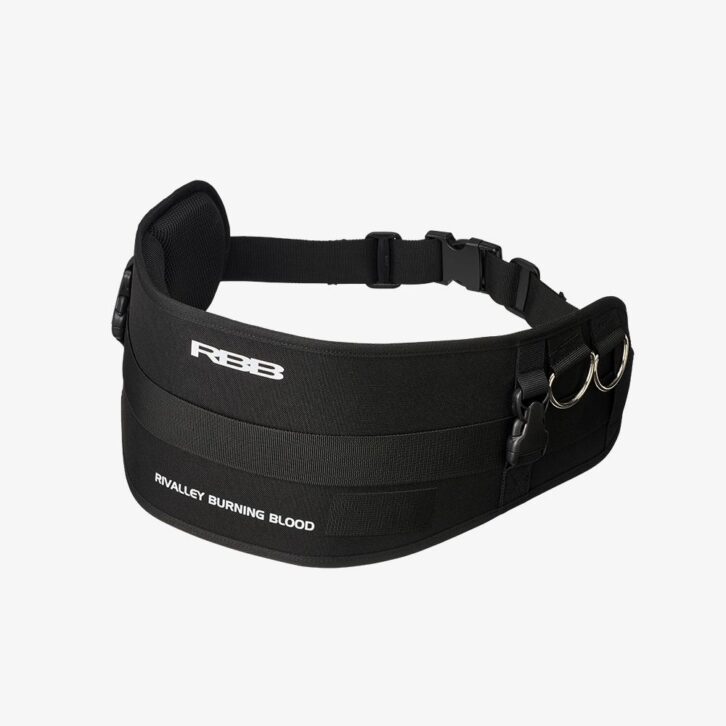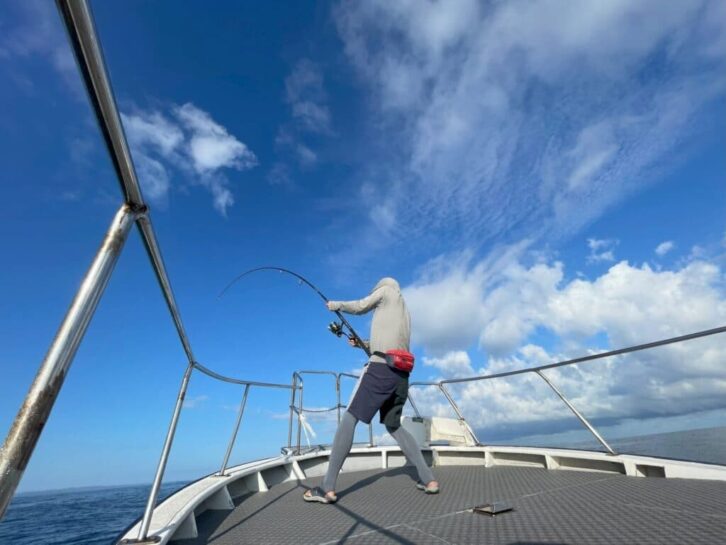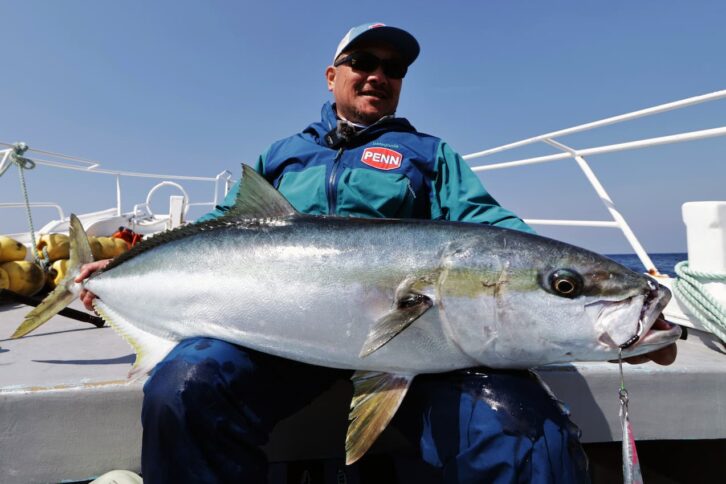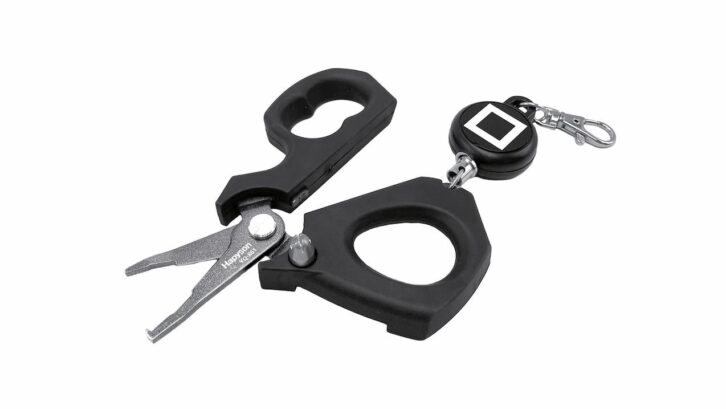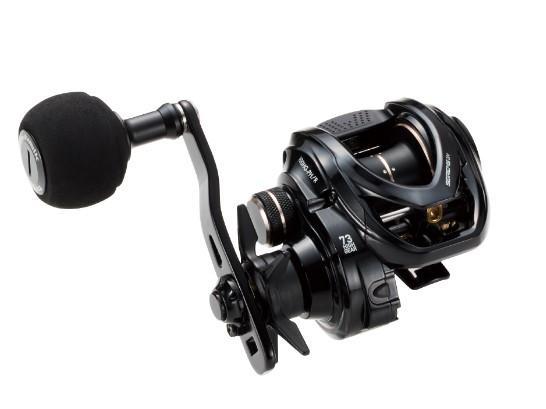Yamashita Yosuke Yamanaka's Squid Metal TIME Part 1
A must-see for those who want to start squid metal fishing! How to Choose Tackle
Squid metal fishing with a metal fishing rod is one of the easiest ways for beginners to catch squid, because the tackle is light and you can enjoy the pull of the squid. For anglers who want to start squid metal fishing and who love squid metal fishing, Yosuke Yamanaka of Yamashita, a squid metal professional, has started an irregular series of articles entitled “Yamashita Yosuke Yamanaka's Squid Metal TIME. In this first installment, we will discuss how to prepare for the challenge of squid metal fishing, but are not sure what kind of tackle to prepare! Can't I do it with the tackle I already have? In this article, he explains what tackle you need to start squid metal fishing and what tackle you can substitute for it.

INDEX
- [Rods] Specialized models are the best! There are rods that can be substituted!
- [Reel] A bait reel with a counter is best if you are going to purchase a new one!
- [Line] PE No. 0.6 is the standard! Too thick line can cause trouble…
- [Squid Metal Leader] It is recommended to bring more than one in case of trouble.
- [Dropper size] Match the size of squid
- [Metal skeet] For the size, let’s have the size number specified by the fishing boat!
- [Colors of the fishing stakes] The basic colors are red-white and red-green! At the very least, you should have these two colors!
[Rods] Specialized models are the best! There are rods that can be substituted!
Rods for squid metal fishing are now available from various companies. Some of them are reasonably priced, and if you are going to buy a new rod, it is better to buy a dedicated rod.
If you are going to purchase a rod, it is better to inquire or find out which size of metal skeet is mainly used by the fishing boats in the area you are planning to fish, and then purchase a rod that fits the weight of the metal skeet. It is better to inquire or find out what size metal skeet is mainly used by the fishing boats in the area you plan to fish before purchasing the appropriate rod.
If you want to try it with the rod you have for the time being, it is better to buy a rod that matches the size of the metal skeet you are planning to use! If you are thinking “I want to try it with the rod I have for now!”, substitute rods such as tie-ruba, tachioji tenya, tip-run eging, aging, light game rods, super light jigging rods, etc. Since the tone of these rods differs slightly from that of specialized rods, it is important to understand the characteristics of each rod and use it accordingly.
Tail-laba rods generally have a slight body tone and are generally bent, so it is difficult to hook a fish unless you give a strong hooking motion. Also, the rod for tachioji jacks is a little stiffer, so if you give a strong hook, the hook may break off, so you need to give a smaller hook than when catching tachioji with a tachioji tenya. Tip-run rods and anti-fishing rods can be diverted as squid metal rods, but there are some points where it is difficult to use very heavy metal skeins, and if the designated metal skein is in a light area, they can be used as well as specialized rods.
There are spinning tackle and bait tackle, but if it is your first time to buy a bait tackle, it is better to start with bait tackle because it is easier to make fine adjustments such as the position of the bait.
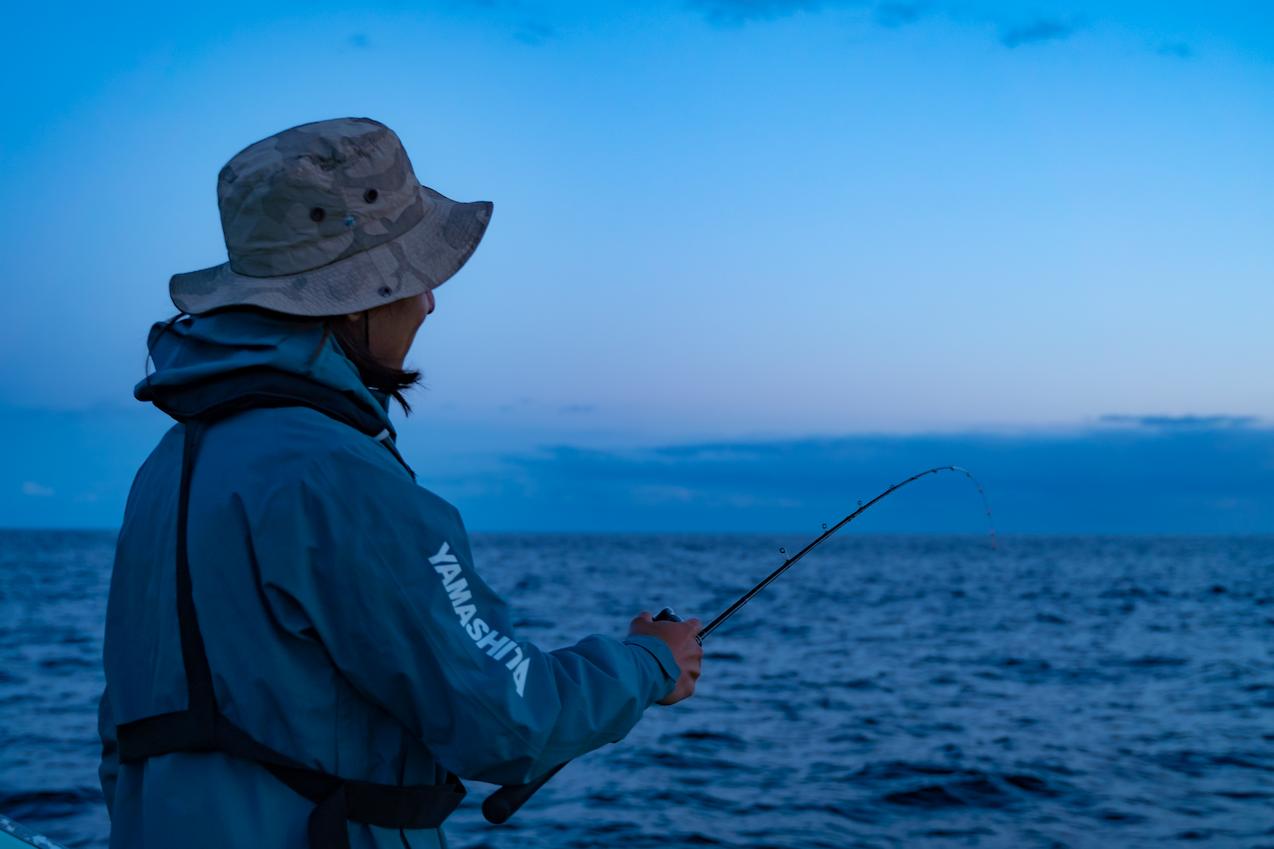

Specialized rods are best, but other rods can be substituted. However, it is necessary to understand the characteristics of each rod before use.
[Reel] A bait reel with a counter is best if you are going to purchase a new one!
Next, regarding reels, if you have tackle on hand, there is no problem as long as you use a bait reel or spinning reel that matches the tackle you have. If you are planning to buy a new reel, a bait reel with a digital counter is recommended.
In squid metal game, it is important to find the tana (swimming layer) of squid. Squid often move in schools, so once you find the right tana, you can often catch a lot of squid in a row. Therefore, it is important to remember the tanner where you once caught a squid and focus on that tanner when you cast a bait next time. Although you can find the tana by using a marker on the PE line without a digital counter, it may be difficult to see the line color depending on the PE line used under a fish-collecting light when night fishing, so a reel with a counter that allows you to visually check the line color is more stress-free. Since you will be holding the reel and luring the fish all the time, it is best to use a small, lightweight reel that can reel 200 to 300 m of PE line (No. 0.6).

Reels with a counter are recommended. The reason for this is that it allows you to respond quickly and reliably to the captain’s announcement of the fish’s position. Also, once you know the layer where you have caught the fish, you will be able to match the tanner firmly on the next cast.
[Line] PE No. 0.6 is the standard! Too thick line can cause trouble…
In squid metal fishing, PE line No. 0.6 is the standard line in most areas, and a line thicker than PE No. 1 is subject to resistance from the tide, making it difficult to detect a delicate squid bite. If the line on your reel is thicker than No.1 line, please rewind it. Some fishing boats may specify the line thickness, so it is a good idea to check with the boat before you go fishing.
Also, depending on the time of year, PE line may be cut by puffer fish or Spanish mackerel, or may be broken by Omatsuri. It is safe to use at least 200 m of PE line (about 0.6) on the reel.
When tying a rig, it is recommended to use a leader of at least No. 3 or No. 4 fluorocarbon, and to use a friction knot (FG knot, PR knot, etc.) to connect the leader to the main line. It is better to use a leader of No. 3 or larger.

Main line is generally PE No. 0.6. Some boats may have a specific number of PE line sizes to avoid Omatsuri, so be sure to check the number of PE lines well in advance. Leader should be set at No. 3-4.
[Squid Metal Leader] It is recommended to bring more than one in case of trouble.
Squid metal fishing can be enjoyed by tying only one metal skeet to the end of a leader. However, there are times when the reaction to the metal tipped bait is poor, and as a countermeasure, a buoyant tipped bait called a dropper is often attached about 1 m above the metal tipped bait. Since such traps (rigs) are commercially available, it is convenient to prepare several of them. It takes a lot of time to make rigs on the boat, especially at night, and you may miss a good opportunity to catch a fish. It is advisable to prepare rigs in advance instead of making them on board.
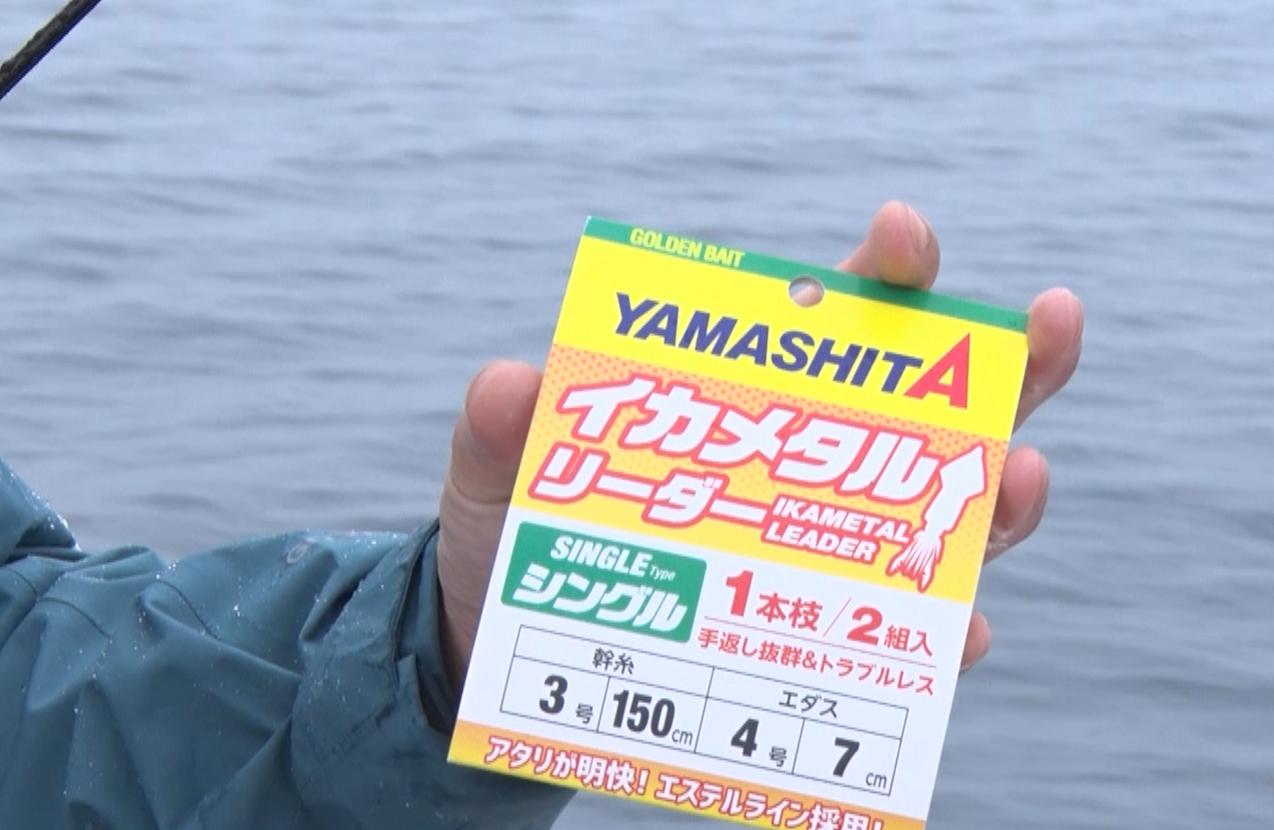
You can enjoy squid metal fishing just by setting a metal spoon on the end of a leader, but to get more bites, you should attach a dropper. The photo shows a leader that can be fitted with a dropper, sold by Yamashita. You should prepare a few of them.
https://www.yamaria.co.jp/yamashita/product/detail/656
[Dropper size] Match the size of squid
Droppers should basically be the same size as the size of squid you are catching! First, let’s start with the size of a buoyant fishing net, commonly called a dropper, which is attached on top of a metal fishing net.
Droppers can be used not only for squid metal but also for other types of buoyant metal fishing nets, squid eels, and so on. Now, we will explain about the size of droppers. When choosing the size of a dropper, it is necessary to know the size of squid caught in the area.
Generally, in areas where large size squid are caught, we often use larger size droppers, for example, No.2.5 size squid egg, No.4 size floating spoon and 90mm or so of special droppers. Conversely, in areas where squid are small, we use smaller droppers, for example, around No.2 of Egi, No.2.5 to No.3 of Floating Sute and around 70mm of special dropper.

Select the size of dropper according to the area and the size of squid being caught. Each color should be prepared.
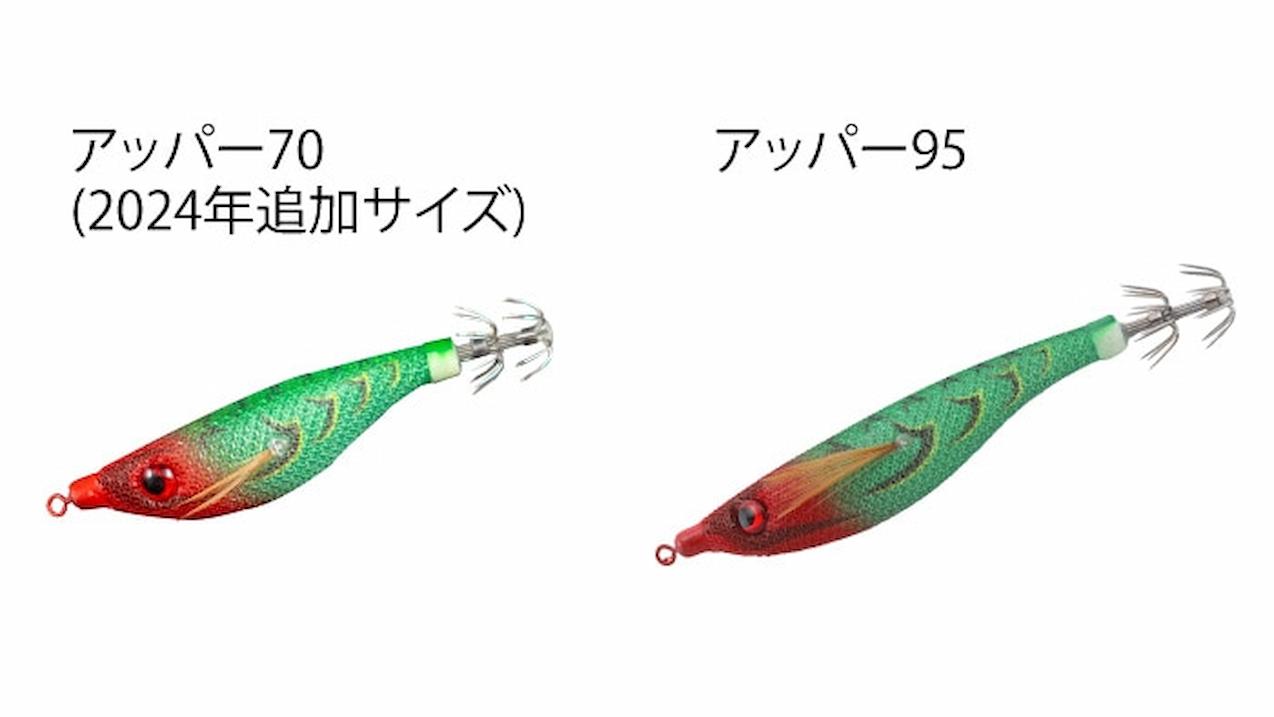
https://www.yamaria.co.jp/yamashita/product/detail/655
Product introduction video
Also, in general, squid tend to be larger in the early season and smaller in size as the season reaches its peak. The fastest way to find out is to first ask the fishing boat you plan to visit what size droppers they prefer. However, the preferred dropper size may differ depending on the activity, and generally speaking, a larger dropper is effective for high activity and a smaller dropper for low activity. Therefore, it is a good idea to prepare droppers of slightly different sizes in addition to the main size. For example, if the size of the main dropper you are using is in an area with a No. 4 floating stopper, you should use a No. 2.5 or No. 3 dropper and bring several basic colors. Basic colors will be explained later.
[Metal skeet] For the size, let’s have the size number specified by the fishing boat!
As for the size of the metal skeet, first inquire with the fishing boat you are going to fish on. The size of the metal fishing rod should be the same as that of the fishing boat you are going to fish. The rule is that the weights of the metal skeet must be the same on a shared boat, and if only one person uses a skeet of a different weight than the designated weight, it will cause a “Omatsuri” (a fish hook) and make the fishing itself unenjoyable.
When fishing, it is recommended that you bring a slightly heavier fishing stopper in addition to the designated weight of the fishing stopper. The environment of the fishing grounds is not constant and changes day by day, so in some cases, it may be better to use a heavier fishing rod than the specified weight because of the fast tide. For example, if the designated metal skeet is No. 15, you should prepare at least one or two No. 20 and No. 25. If you bring only a lighter metal fit than the specified fit and the tide is fast, the fishing itself may not be successful because the fit does not reach the squid fitting depth, so you should prepare a heavier metal fit than the specified fit.
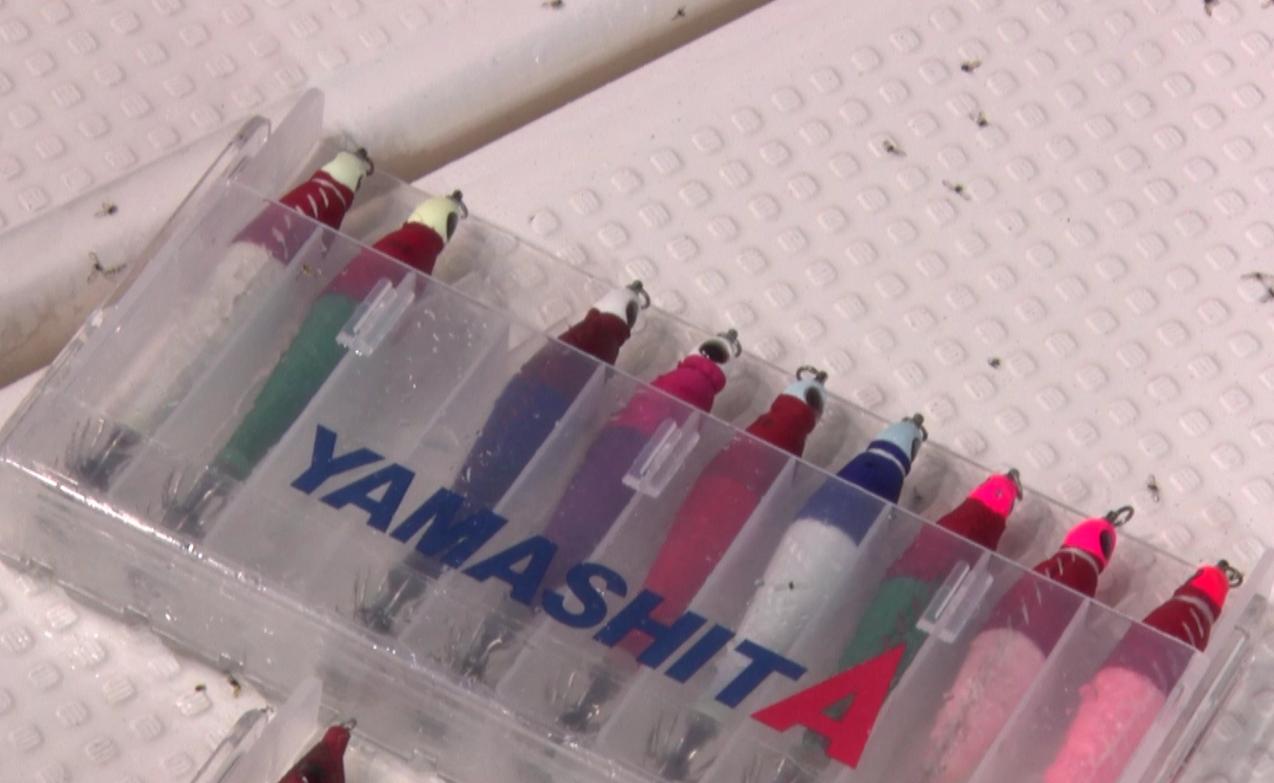
The rule is to match the weight of the metal skeet to the weight specified by the boat. Check it in advance. It is also a good idea to prepare several heavier ones in case the tide is fast.

https://www.yamaria.co.jp/yamashita/product/detail/677
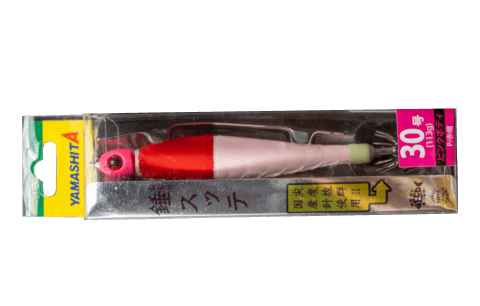
https://www.yamaria.co.jp/yamashita/product/detail/419
[Colors of the fishing stakes] The basic colors are red-white and red-green! At the very least, you should have these two colors!
When you go to a fishing tackle store, you will see a variety of colored fishing stakes. You may be thinking, “Which color should I choose? I am sure that you often wonder which color you should choose. Generally, red-white and red-green are used as a base color for night fishing squid metal game. If you are not sure which color to choose, or if your budget does not allow you to have too many colors, let’s start with red-white and red-green.
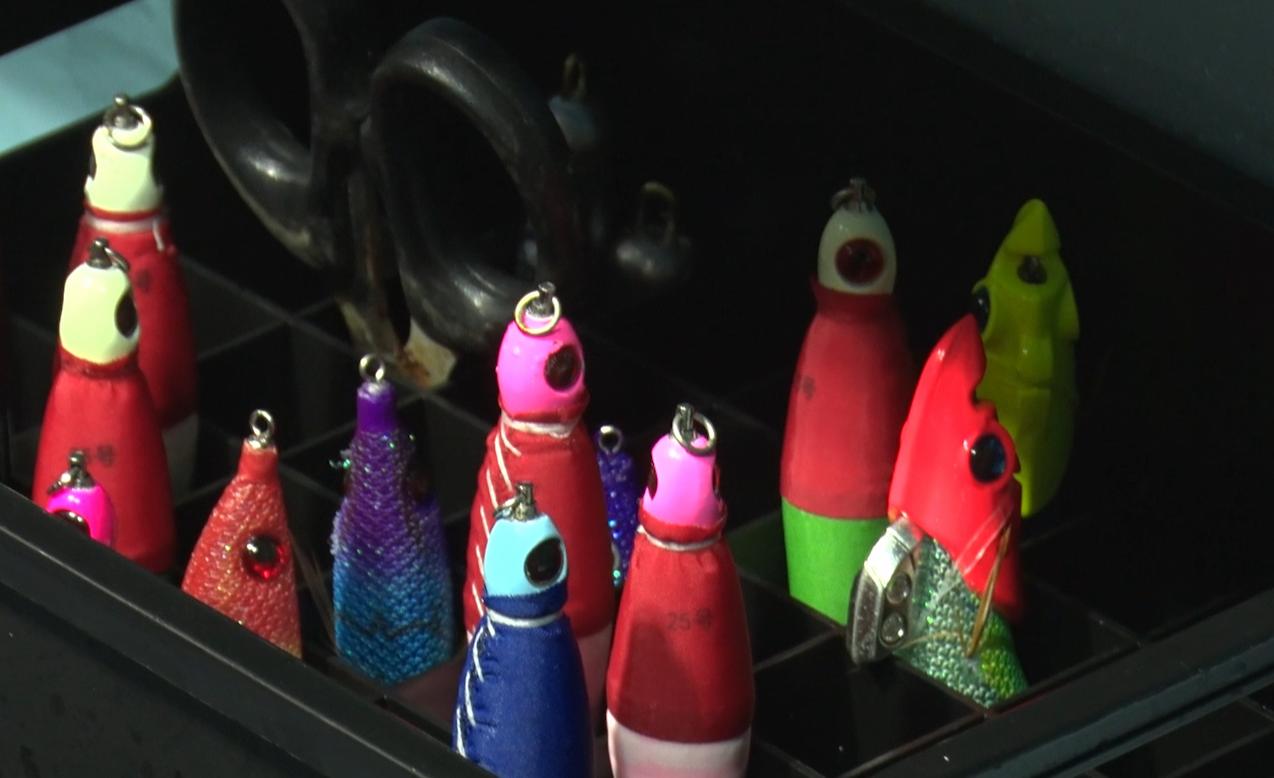
At first glance, people tend to think that red-white and red-green are more appealing because red-white stands out more, while red-green is less noticeable and therefore more natural. In fact, there is no problem with this perception, but it is better to think of it as a perception at depths where the light from a fish-collecting lamp is difficult to reach. On the other hand, at shallower depths where fish-collecting lights can reach, red-green is more appealing than red-white because the silhouette of red-green shows up more clearly than red-white.
Squid metal’s main target, the giant squid, generally tends to aim at bait from below. This means that it is difficult to see anything whitish in the light of a fish-collecting lamp when seen from below. This is the same principle as the white belly of baitfish such as sardines. In other words, it is generally considered that squid are active when they are caught in red-green at shallow depths and red-white at deep depths, and inactive when the opposite is true. To check squid activity first, start with red-green for droppers and red-white for metal stakes to efficiently check squid activity.
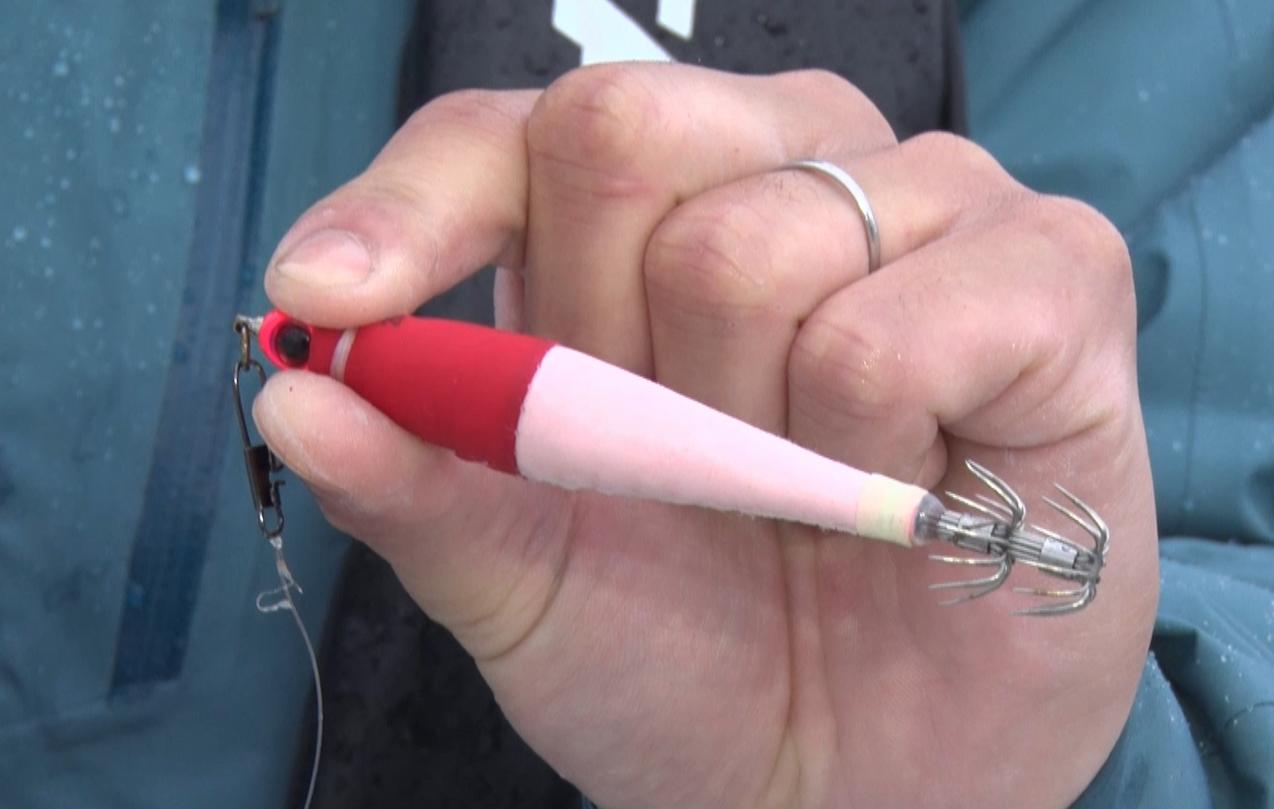
The basic red and white. Other basic colors are red-green. Be sure to have them available.
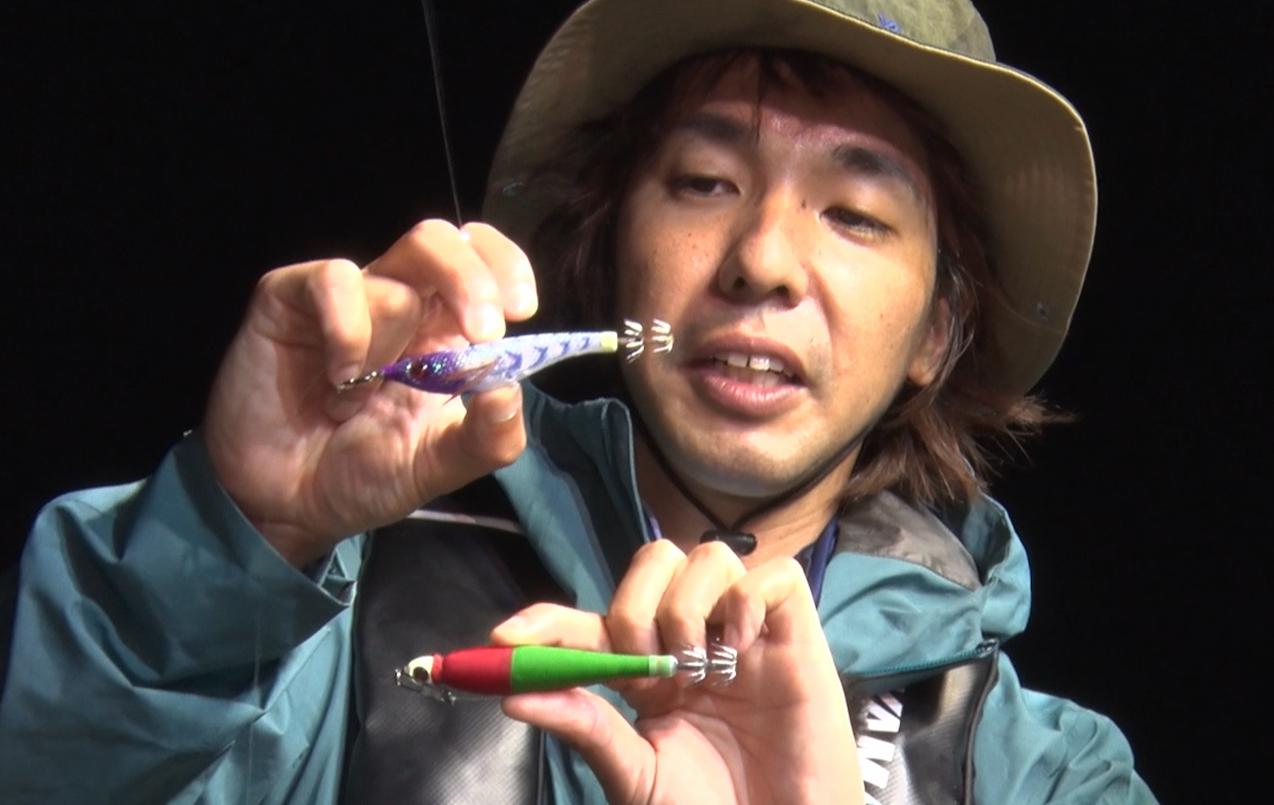
Select different colors for metal stakes and droppers, and look for the color that the squid is interested in at that time and day. Once you know the color, you can often get a series of hits.
Another base color is red-yellow, which is an intermediate color between red-white and red-green. This is often effective when the tide color is murky or with halogen lamps (yellowish fish-collecting lights), so there is no harm in having it.
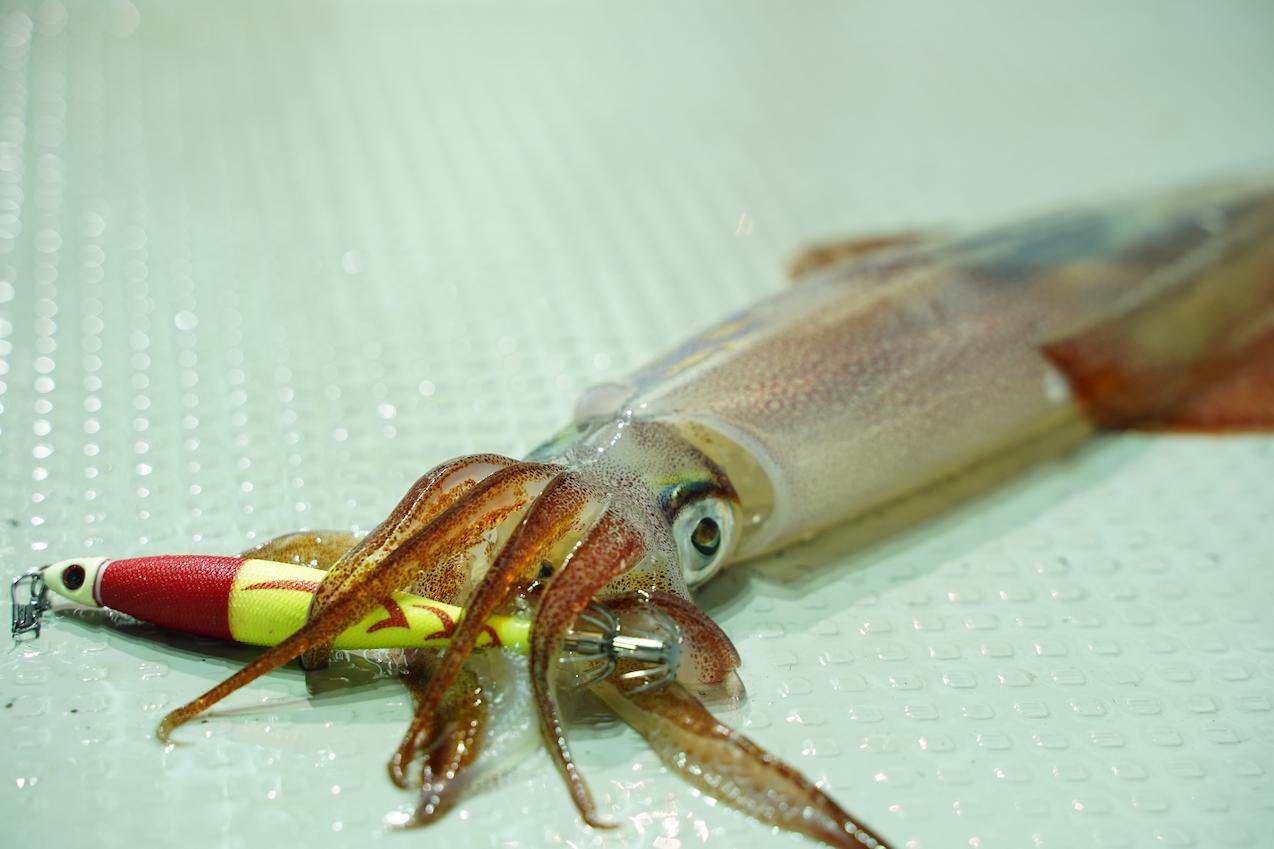
So, why are there so many other colors for the stets? The reason is that there are colors that match the tide color of the area. As mentioned above, red-white, red-green, and red-yellow can cover most situations, and the fishing results are stable. However, it is also a fact that there are colors that explode depending on the time of day, tide color, and squid activity. It is advisable to inquire about the information on the fishing results in the area or the captain of the boat you plan to board.
In this article, we have explained about tackle and strobe selection. The shortcut to success is to know the basic tackle and be well prepared. Please enjoy the upcoming squid metal season and the hot squid metal game on summer nights!



